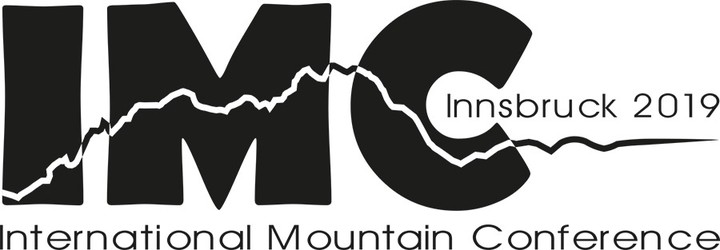Future snow cover in the alps: Using MODIS satellite observations to bias correct snow cover from the EURO-CORDEX regional climate model ensemble
 International Mountain Conference (IMC)
International Mountain Conference (IMC)
Poster presented at IMC 2019 in Innsbruck:
Future snow cover in the alps: Using MODIS satellite observations to bias correct snow cover from the EURO-CORDEX regional climate model ensemble
Abstract
Traditionally, future estimates of snow are based on dedicated snow/hydrological models forced by climate projections, which, however, are computationally intensive and which decouple hydrology from climate forcing. Recently, regional climate models (RCM) have been used as an alternative, although snow is only an auxiliary parameter in RCMs and not as accurately represented compared to dedicated snow models. Nonetheless, RCMs encompass the climate-hydrology feedbacks, cover large areas, and have become available in moderate horizontal resolutions. However, RCMs have deficiencies in mountain areas (e.g. cold bias in the Alps) and suffer from orographic smoothing. Reliable estimates of future conditions thus require some observational data to correct the bias. But observations that cover a large spatial extent and the whole altitudinal gradient are difficult to acquire in the Alps because of the heterogenous topography and national borders confining exchange between meteorological services. As an alternative, we use observations from remote sensing (snow cover from the MODIS satellites) to correct the bias in four RCMs of the EURO-CORDEX initiative, which provide snow cover as output. The goal is to have a regional climate model ensemble view of future snow cover for the different RCP scenarios based on the CMIP5 simulations. These are the first results of CliRSnow, a project that aims at providing bias corrected and downscaled projections of snow cover for the whole Alpine region until 2100. Future activities include downscaling and comparison to the traditional approach (dedicated snow/hydrological model). This project has received funding from the European Union’s Horizon 2020 research and innovation programme under the Marie Sklodowska-Curie grant agreement No 795310.